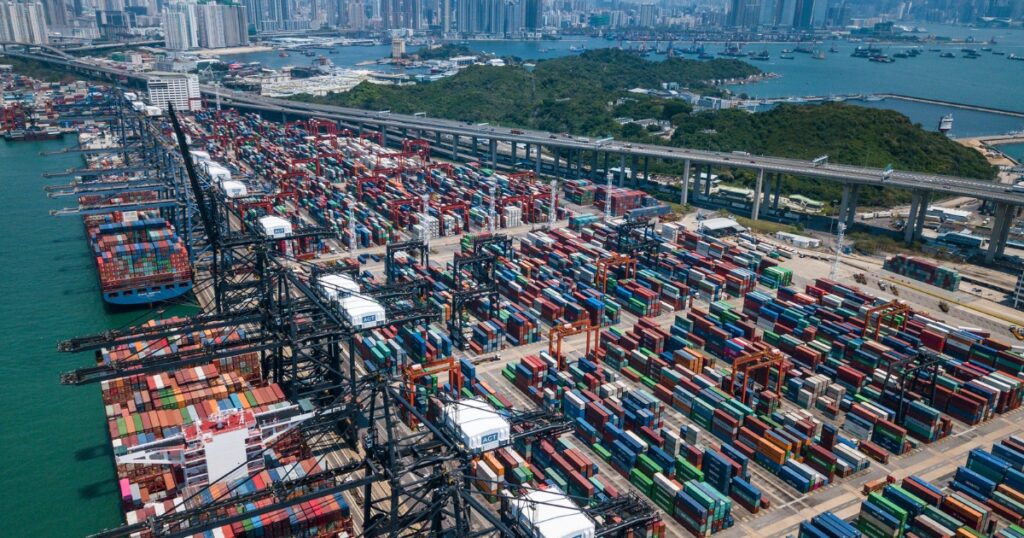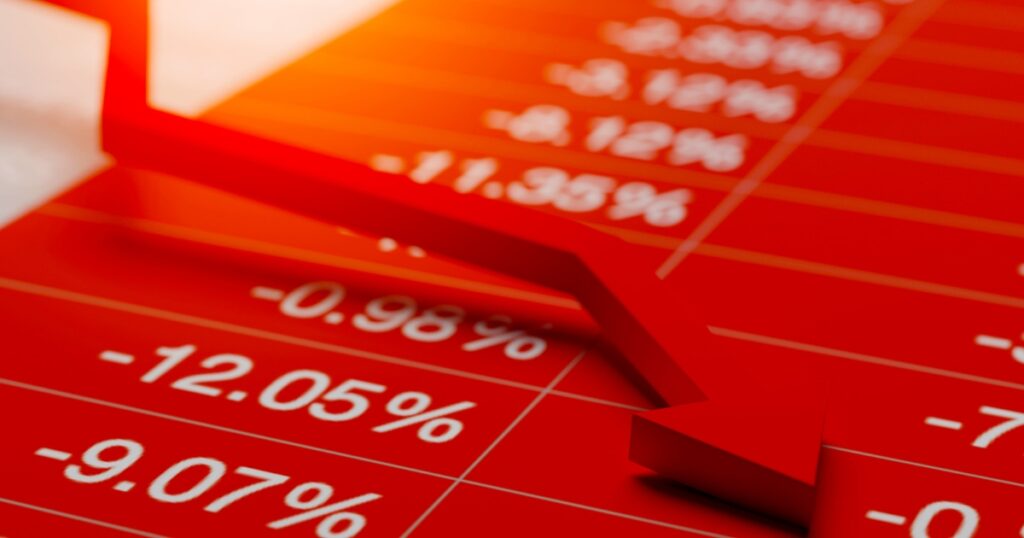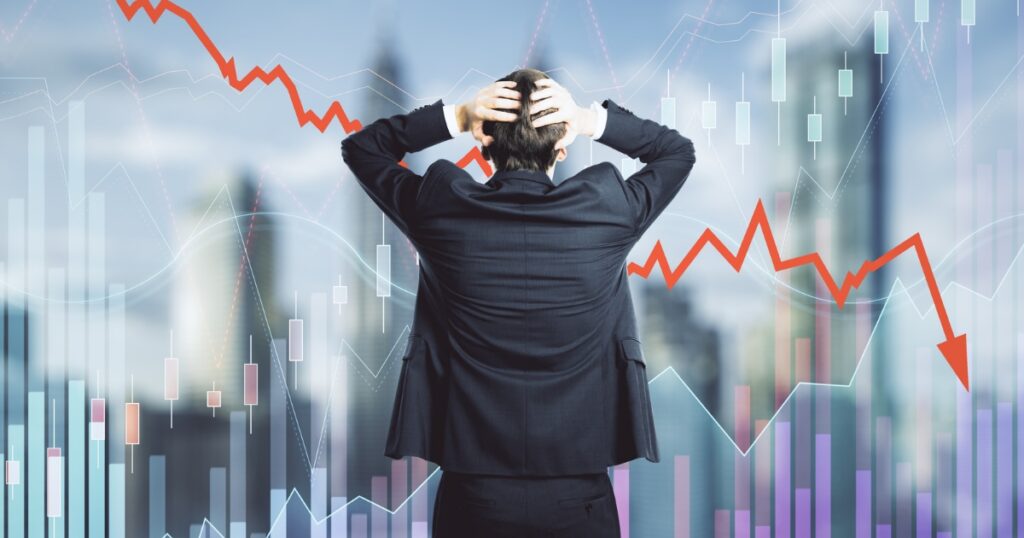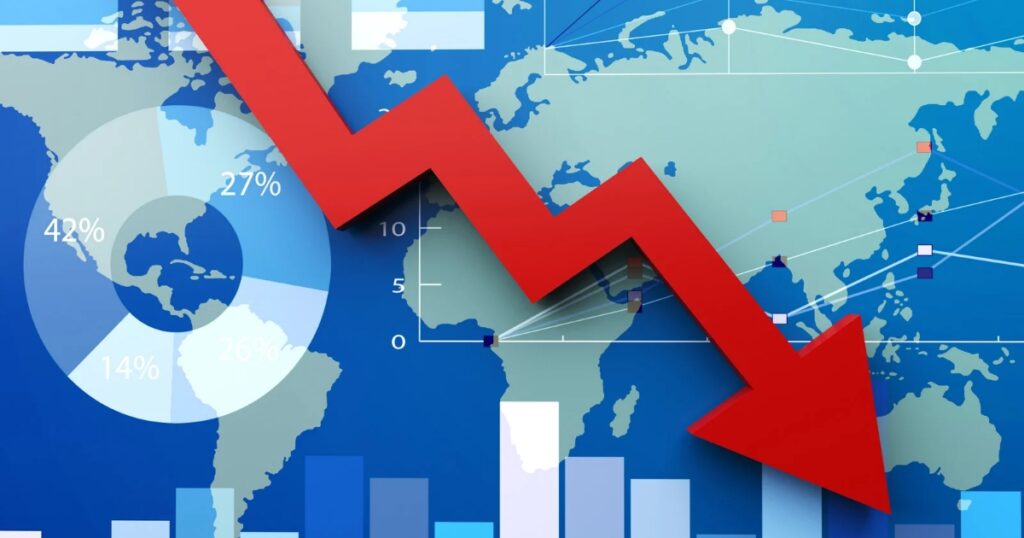The global economy faces inflation, energy crises, and supply chain issues. Discover key challenges shaping its uncertain future.
Introduction
The global economy is on shaky ground, facing a myriad of challenges that have created uncertainty for businesses, governments, and consumers alike. From inflation to geopolitical tensions, the factors driving economic instability are numerous and complex. As we look toward the future, it’s clear that the world economy is navigating uncharted waters, with no easy solutions in sight. Let’s take a deep dive into the major issues at play and explore how they could shape our economic landscape.
Global Inflation: A Growing Concern
Inflation is one of the most pressing concerns for economies worldwide. Simply put, inflation refers to the rate at which the prices of goods and services increase, diminishing purchasing power. Across different regions, inflation has surged, partly fueled by supply chain disruptions and increased demand post-pandemic.
For example, in countries like the United States, inflation rates have reached multi-decade highs, leading central banks like the Federal Reserve to take drastic steps such as raising interest rates. Meanwhile, in emerging markets, inflation is eroding incomes and pushing millions into poverty. Governments and central banks face the difficult task of controlling inflation without stifling growth, which is like walking a financial tightrope.

Supply Chain Disruptions: The Backbone of Economic Instability
It’s impossible to discuss the current economic uncertainty without mentioning supply chain disruptions. These disruptions are essentially bottlenecks in the production and distribution of goods, caused by everything from COVID-19 lockdowns to labor shortages and transportation delays.
As factories shut down and workers stayed home during the pandemic, the flow of goods slowed to a crawl. Now, the world is facing shortages of critical items, from semiconductors to basic consumer goods. The effects of these disruptions have rippled across global trade, and the recovery is proving slower than anticipated. Some experts predict that we may not see supply chains fully stabilize until 2025 or beyond.
Energy Crisis: Powering the Uncertainty
Energy is the lifeblood of the global economy, and right now, the world is facing an energy crisis. With demand for energy skyrocketing post-pandemic, and supply unable to keep up, prices for oil, gas, and electricity have soared. Countries in Europe, for example, are grappling with gas shortages due to geopolitical tensions.
This energy crunch has forced industries to reduce production, further fueling inflation and slowing economic growth. It’s a vicious cycle, and one that many economies are struggling to break free from. With renewable energy still in its infancy compared to fossil fuels, the path to a balanced energy market remains unclear.

Unemployment and Labor Market Shifts
The global labor market is undergoing massive changes. In the wake of the pandemic, millions of workers were displaced, and while many have returned to work, the labor market is far from stable. Remote work, automation, and shifting demand for certain skills have altered the employment landscape in ways that may be permanent.
Some industries are struggling to find workers, while others are seeing layoffs due to economic slowdowns. This has created a mixed picture—on one hand, there are more job openings, but on the other, there are fewer workers with the right skills to fill them.
Geopolitical Tensions: Adding Fuel to the Fire
Geopolitical tensions are another key factor contributing to global economic uncertainty. political conflicts are having a direct impact on economic stability. Sanctions, tariffs, and trade restrictions are disrupting markets and creating volatility in global trade. Key industries, including energy, technology, and agriculture, are particularly vulnerable to these conflicts, making it harder for businesses to plan for the future.

The Role of Emerging Markets in the Global Economy
Emerging markets hold the key to much of the world’s future growth, but they are also facing unique challenges. While countries like China, India, and Brazil have been driving global economic expansion, they are now grappling with inflation, debt, and political instability.
For investors, these markets still present significant opportunities, but the risks have increased. How these economies navigate the current global landscape will play a crucial role in determining the future of the world economy.
Technological Disruptions: A Double-Edged Sword
Technological advancements are reshaping industries at a rapid pace. From automation to artificial intelligence (AI), these innovations have the potential to boost productivity and economic growth. However, they also pose risks—particularly for workers whose jobs are at risk of being automated.
Moreover, there is a growing digital divide between advanced economies, which are reaping the benefits of these technologies, and emerging economies, which may struggle to keep up. Technology is both a solution and a challenge in today’s uncertain economic environment.

Climate Change and Economic Risks
Climate change is no longer a future problem—it’s a current economic risk. Extreme weather events, rising sea levels, and shifts in agricultural productivity are already impacting economies, particularly in vulnerable regions. The transition to a green economy is essential, but it also comes with costs.
Investing in renewable energy and sustainable infrastructure is expensive, and many countries are struggling to balance these investments with other pressing economic needs. Still, the long-term benefits of addressing climate change far outweigh the short-term costs, and this transition offers significant economic opportunities for those who lead the way.
Global Trade Agreements and Protectionism
Global trade is in a state of flux, with new trade agreements being forged and old ones being reevaluated. At the same time, protectionism—the practice of shielding a country’s industries from foreign competition—is on the rise.
The Role of Governments and Economic Policy
Governments around the world are playing a critical role in stabilizing their economies through stimulus measures and economic policy. However, the debate over how much to spend—and where to spend it—continues.
Some governments are opting for austerity measures to reduce debt, while others are focused on increasing spending to stimulate growth. The effectiveness of these policies will depend on how well they are balanced against inflation, debt, and long-term economic goals.

Potential Paths to Economic Recovery
So, where does the global economy go from here? While there are no easy answers, economists have offered a few potential paths to recovery. Cooperation between nations, investment in innovation, and policies that prioritize long-term stability over short-term gains will be key.
However, with so many variables at play—from geopolitical tensions to climate change—the timeline for economic recovery remains uncertain. What is clear is that flexibility and adaptability will be crucial in navigating the challenges ahead.
Conclusion
The world economy is facing one of its most challenging periods in recent history. With inflation, energy crises, geopolitical tensions, and technological disruptions all playing a role, the future is uncertain. However, through innovation, cooperation, and responsible policy-making, there is hope for a brighter economic future.
FAQs
What is the main cause of the current economic uncertainty?
The main causes include global inflation, supply chain disruptions, and geopolitical tensions.
Why are supply chain issues affecting the global economy?
Supply chain issues are causing shortages of critical goods, which slows down production and trade.
How is climate change affecting the economy?
Climate change leads to extreme weather events and economic instability, particularly in vulnerable regions.
What role do emerging markets play in the global economy?
Emerging markets drive much of the world’s economic growth but face unique challenges like inflation and political instability.

